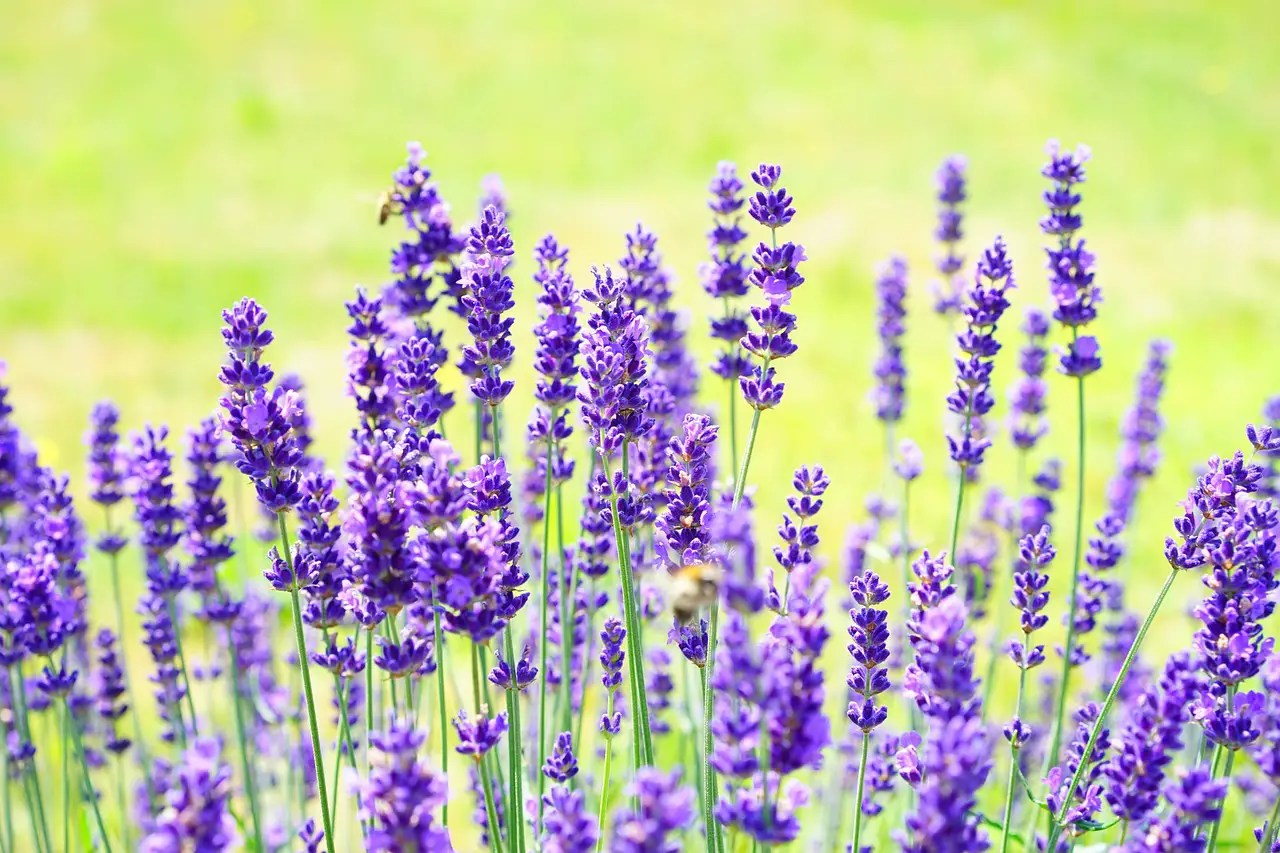What Is Lavender – Best Companion Plants – Summary – FAQ
Lavender is a plant which is very common to grow at home. It’s often grown for the lovely aroma and smell it has but also the flowers it produces. They are a great source of nectar for your local bee community.
Here we share some of the best companion plants to grow with lavender. The goal is to have something which can grow together without competing too much about the nutrition in the soil.
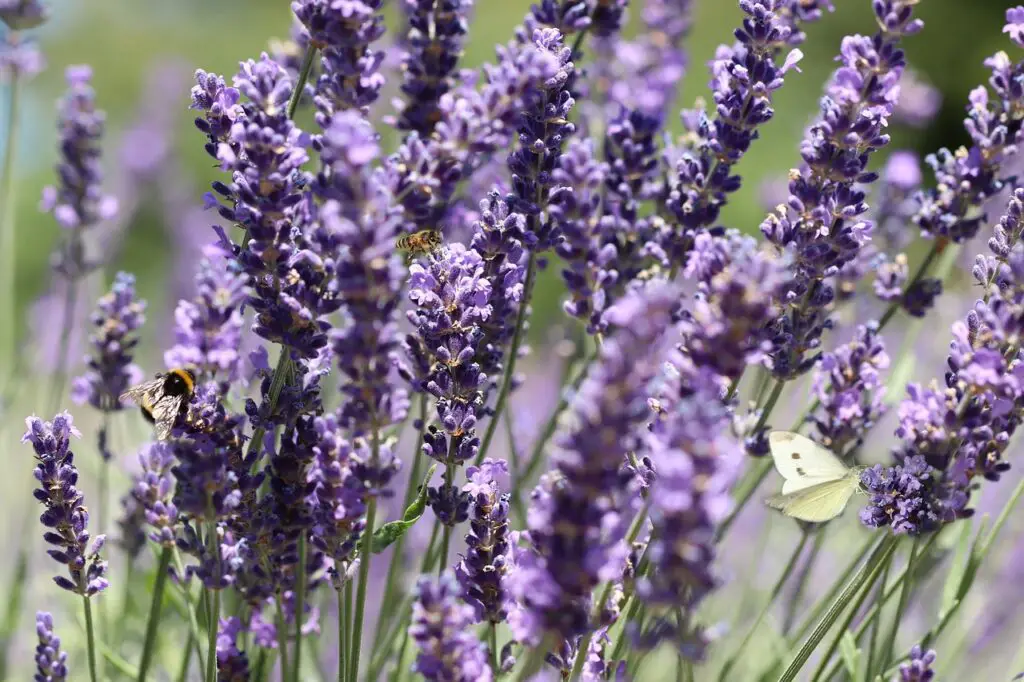
What Is Lavender
Lavender is a highly aromatic plant that has been used for centuries in different cultures around the world. The scent is strong when the plant is flowering. There are different varieties of lavender but most of them are hardy and can grow fine in most environments.
Throughout history it was used mostly for ceremonies where it would be ignited and the smokes and fumes would be used to cleanse rooms. But the lavender would also be used for medicinal purposes to help calm people.
The 20 Best Lavender Companion Plants
Let’s look at some of the best companion plants to grow with lavender. We basically want something that won’t be competing too much with the lavender plant itself. Harmony is the important thing here.
Roses
Roses and lavender really go great together. They both smell great and look fantastic, making this combination really great. It might be the most common pairing out of any on this list.
They both grow great in well draining and loamy soils where the water can quickly escape and leave the roots intact and thriving. Roses are a little bit more water dependent than lavender, depending on the variety of course, so leave a foot or so between them at least.

Sedum
As for sedum plants, or stone crops, these are great options to keep next to your lavender plant. There are many different colors to this plant, pink, white or red. Just like the lavender plant they also like a well draining and slightly sandy soil. It has the same watering schedule as the lavender plant, requiring water about once a week. It likes sunny spots where the lavender plant also thrives.
It’s a great filler plant that can take up some of the empty places you might have around your lavender plant. They shouldt be too shady though, some sun is necessary.
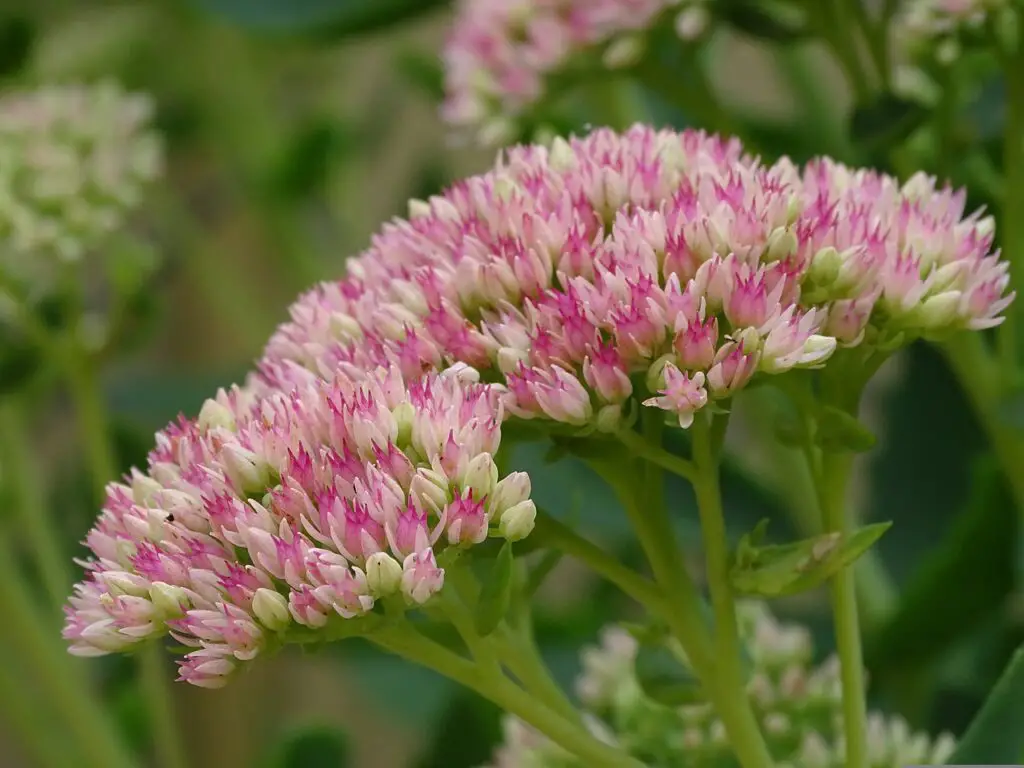
Yarrow
The yarrow plant is actually a perennial that will come back thriving the next year too. It can grow very well in soils where there is not a lot of nutrition. For a lot of our neighbors they actually consider this plant as a weed that shouldn’t be promoted to grow in the garden. But it can be managed just fine and wont take over your garden.
It grows the best if it can get a lot of sun so keeping it close to your lavender plant really won’t be an issue.
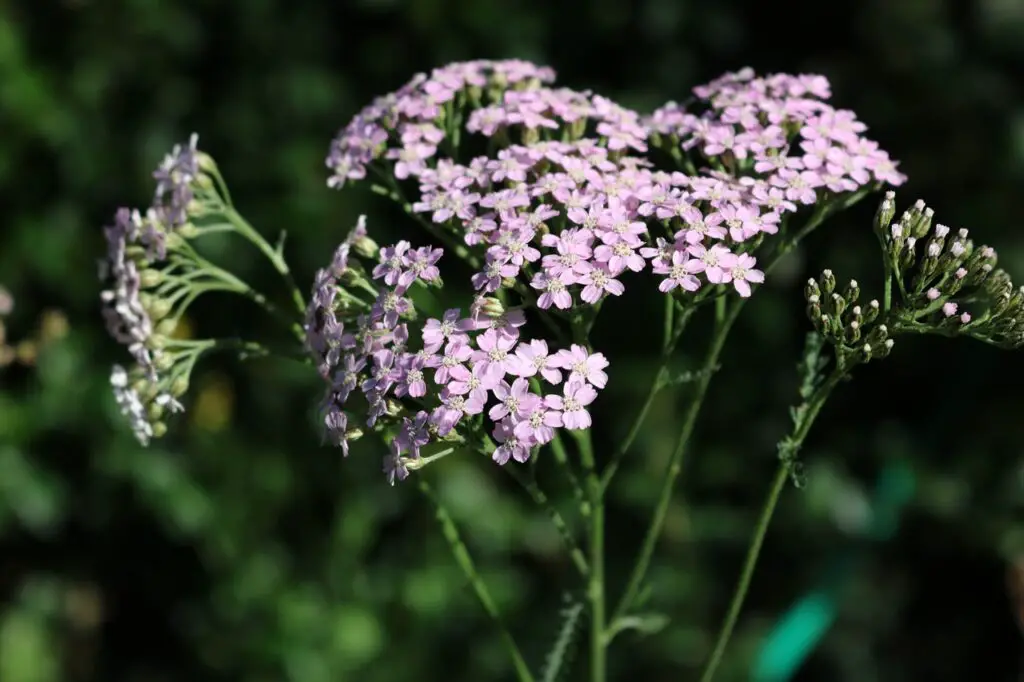
Petunia
There are so many different petunia plants out there. The best option here would be to use an annual petunia plant so that you can for the next year change up the combination. Petunia plants which are perennial could start taking a hold of your garden and establish themselves pretty quickly.
But annual petunia plants are a great addition next to your lavender plant. They both like a very well draining soil, one that is slightly loamy and sandy. But a sunny spot is also great for a petunia plant, just like the lavender plant.
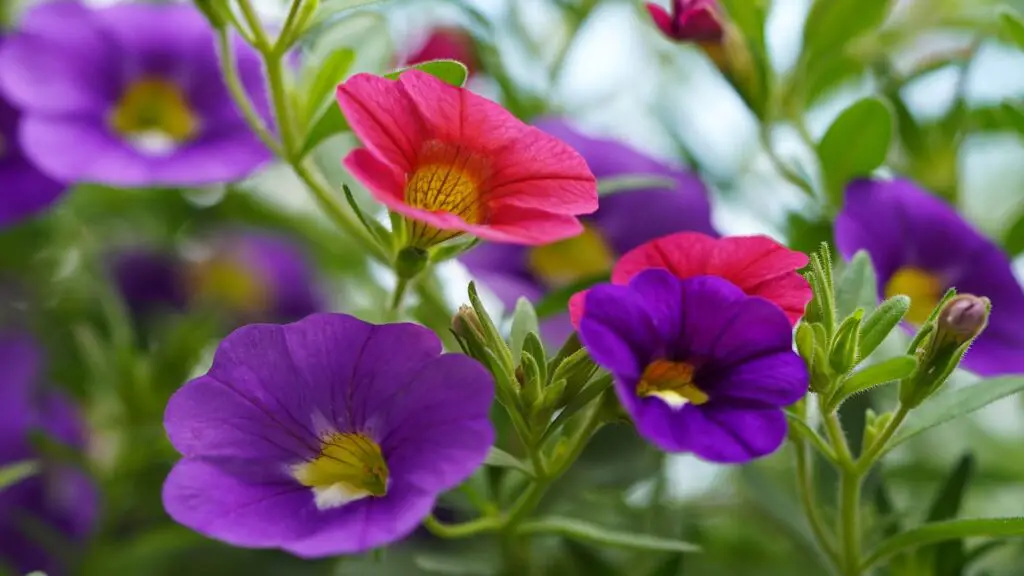
Alliums
Alliums are becoming more and more common these days as for growing at home in the garden. They offer a very bright and beautiful color to your garden. They grow tall and will quickly separate themselves from your lavender plant. This way you get some difference and your garden will look more dynamic.
The allium plants really like a full sun place where the soil is well draining. They start flowering for a long time and won’t interrupt your lavender plant at all.
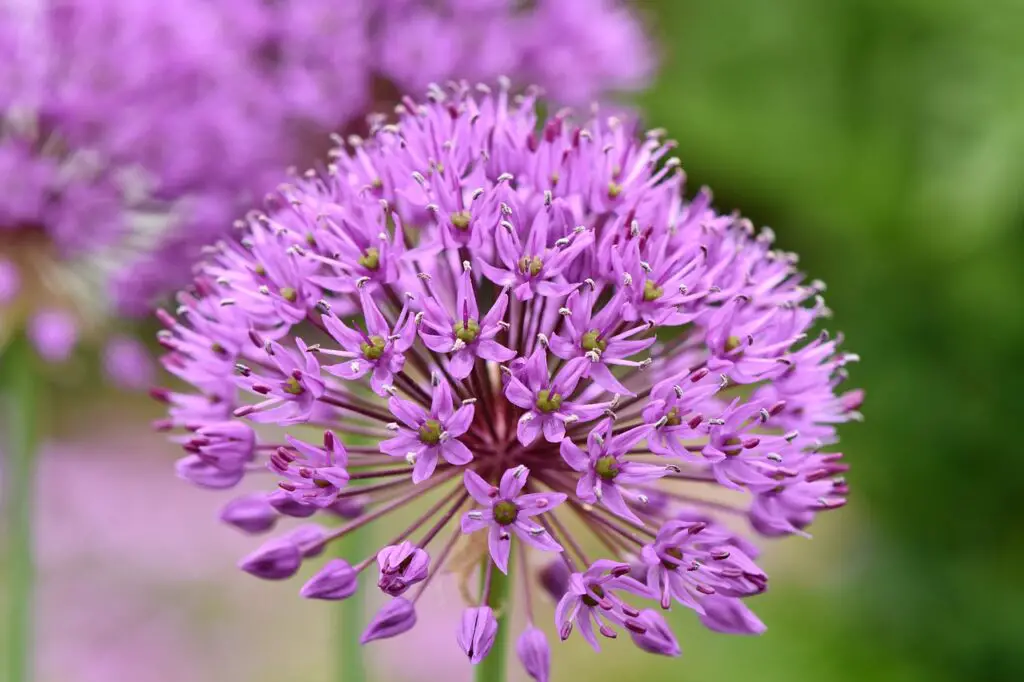
Gaillardia
The gaillardia plants might be better known as blanket flowers actually. It has a similar look to daisies and grows sort of the same as well. The color of these flowers are vast and many, all from bright orange to red and yellow. The colors really pop when paired next to the purple color of the lavender plant.
As for the soil, they can grow in basically any type and will enjoy a sunny spot. This means they won’t be competing at all with your lavender plant. Instead they can grow in harmony with each other.
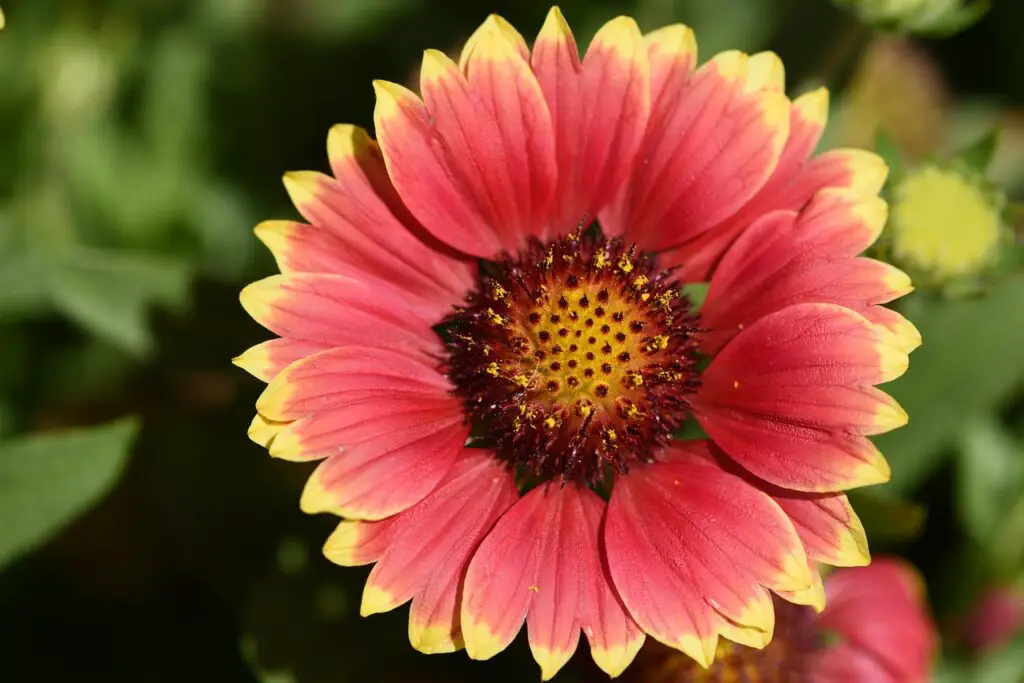
Rosemary
This might be the second most classic and popular pairing and combination, after roses and lavender. The rosemary plant is not that demanding to care for. They like warmer climates and a soil that is well draining and not very rich in nutrients.
They have more or less the same demands. Watering once a week will be more than enough for the both of them. They both help attract pollinators that will help make sure you get both berries and fruits growing in your garden.
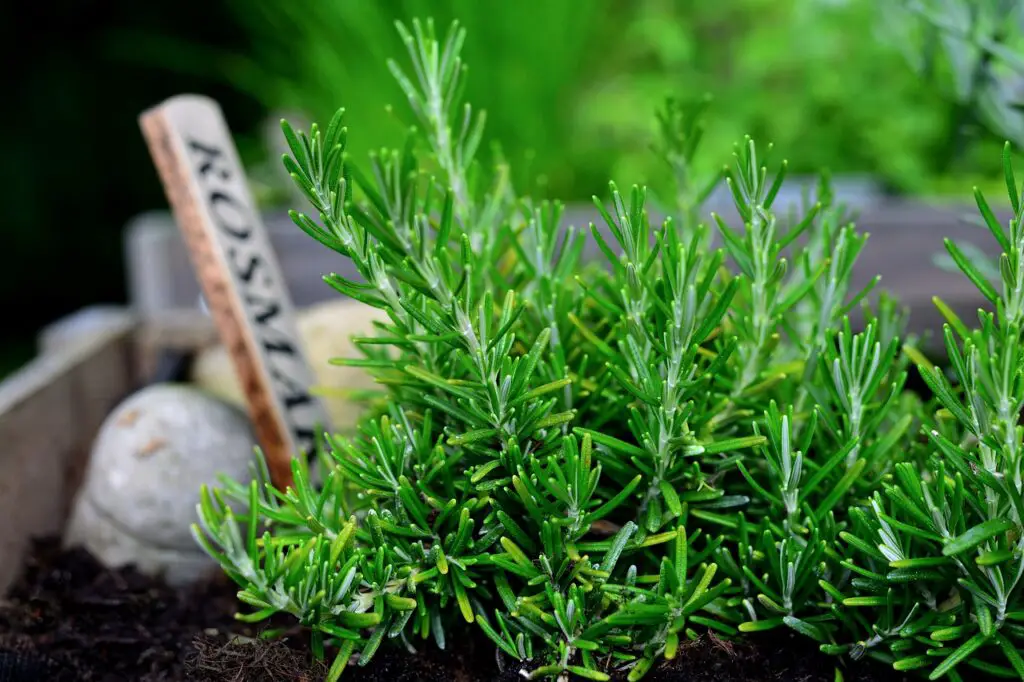
Sage
Just like rosemary has similar demands for the place it’s growing like the lavender, the same goes for the sage herb. Both the sage and the lavender plant have their origins in the Mediterranean. Here the climate is warm and the soils are often not very rich in either water or nutrients.
This makes them an almost perfect combination as they will have the same requirements where they are growing and how often they need to be cared for, pruning or watering for example.
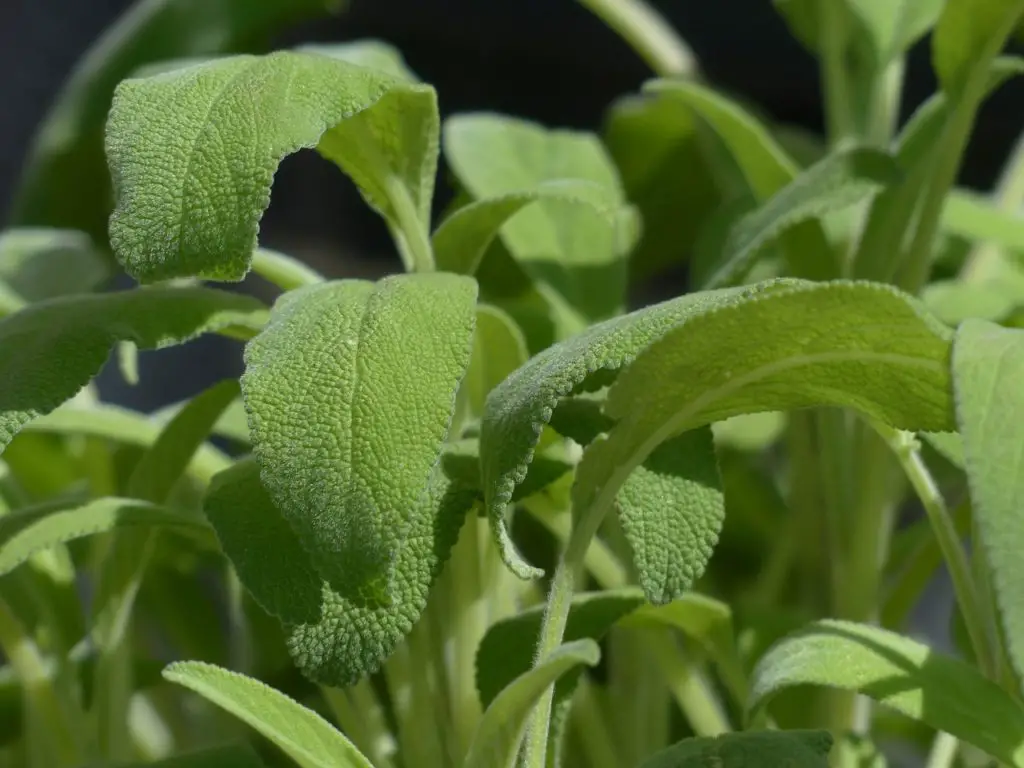
Thyme
Thyme is one of the most common herbs out there. It’s easy to care for and will establish itself rather quickly but without exploding or impacting other plants. Thyme plants won’t grow out their roots and start invading the lavender’s space.
The best part is that they both really enjoy it when the soil is slightly damp and the sun isn’t shining too hard all the time. As for watering, once a week will be just fine, much like the lavender too.
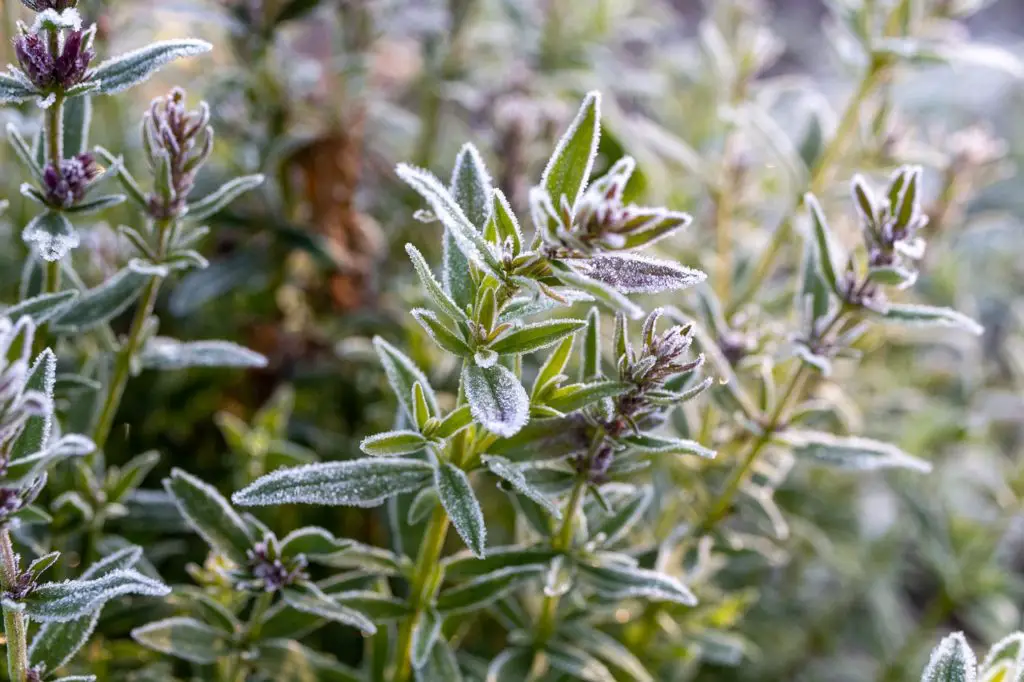
Oregano
Oregano is just like the lavender plant very used to warm climates. They both originate from the Mediterranean where the temperatures are high and the soils often well draining.
Oregano plants are a great option to keep next to your lavender. It will grow quickly and likes warm and sunny spots. Even though it might grow quickly, it still won’t impact your lavender as it will sort of stay in its own lane.

Marigold
Marigolds are one of the easiest to grow flowers there is. They won’t require that much attention. Spread them quite liberally in whatever area you want to fill. They will quite quickly start growing and soon you will see the seedlings start to take shape.
They come in a variety of different colors, all from yellow to really bright orange. But they are also annuals so they won’t establish themselves and take up space from your lavender plant.
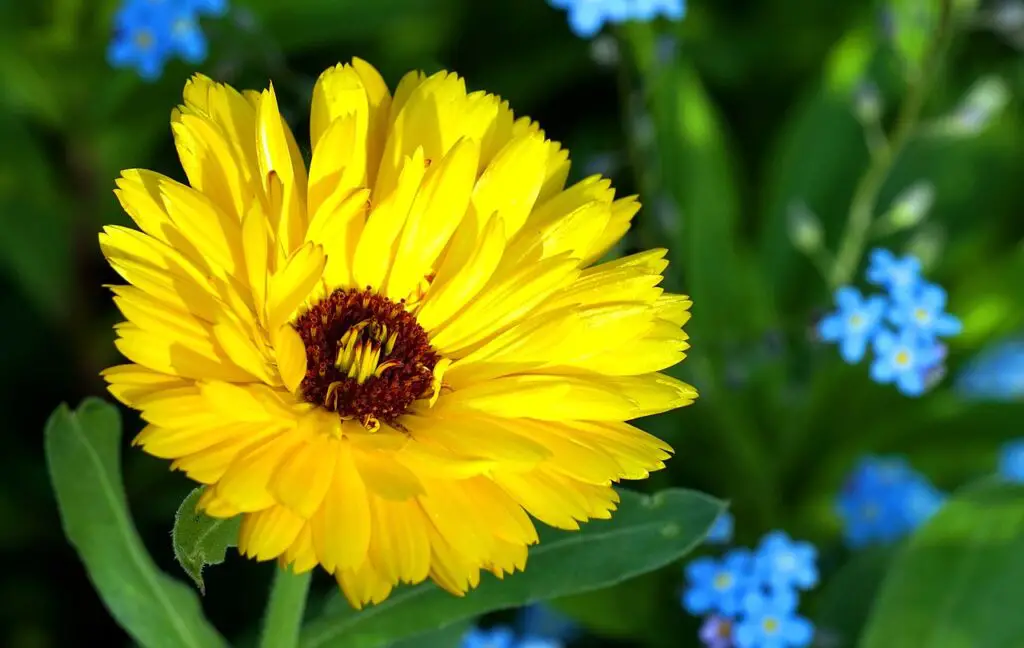
Daisies
Daisies are a big group of different varieties, but the main thing is that they are annuals. This means you will have to grow new flowers the next year too and you can’t rely on the plant coming back by itself.
They come in many different colors and will enjoy a place where the soil is well draining and the sunlight is plenty. This is the same type of environment that lavender plants like too. Watering once a week should be plenty enough too.
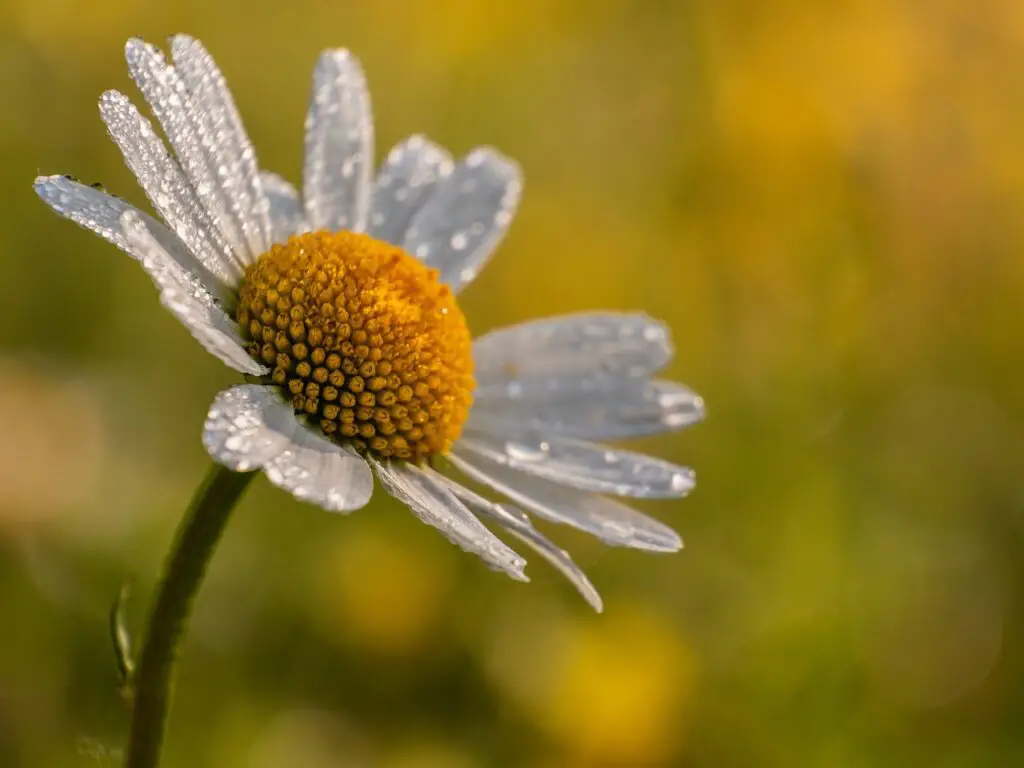
Zinnia
The zinnia flowers are annuals and will actually do really well in hard environments. The temperatures can be cold and the sunlight limited. But the zinnia will still thrive. It really is almost as hardy as rosemary or thyme for example.
They really compliment your lavender plant with the colors it brings. The zinnia plants also are great at attracting pollinators and beneficial insects for your garden. This can for example help your fruit trees or berry bushes.
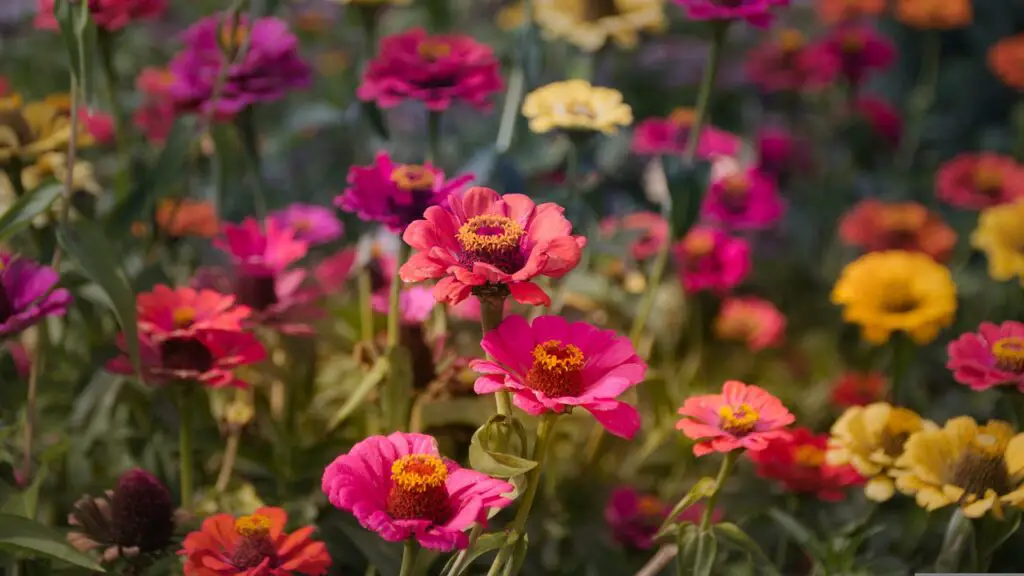
Jasmine
The jasmine bush has one of the most pleasant aromas and scents out of any plant on this list, perhaps only second to the lavender of course. The jasmine plant is very versatile since you can basically grow it in any way you want to. It can be kept like a bush or as a climbing plant.
In terms of the climate and place it likes to grow in, we see that the best success is in sunny places where the soil is very well draining. It can really help cover up some areas and fill in spots. You should probably keep them slightly separate as the jasmine plant is a perennial that will with time start expanding more and more.
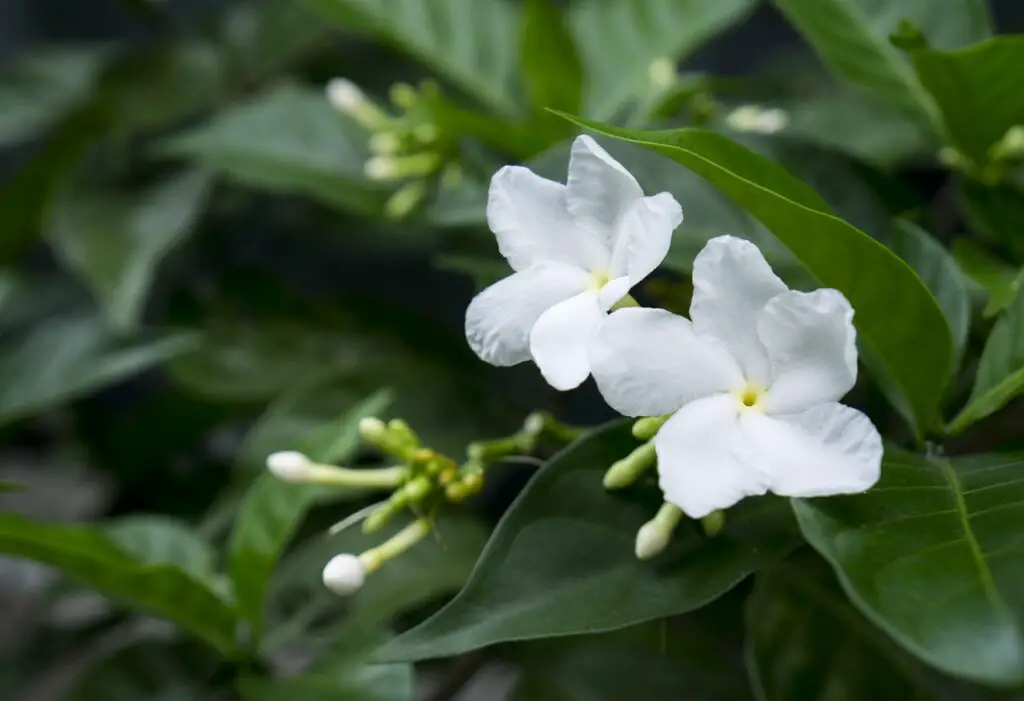
Coneflowers
The coneflowers are pretty decorative and often used for ornamental purposes. They are a perennial plant that will grow well in a lot of different environments. It likes a soil that is kept very well draining.
It pairs very well with lavender in terms of look. They have different colors from each other but they somehow really complement each other and won’t bother each other at all. The coneflowers really like a sunny spot and you can expect to get the plant back the next year since this variety is self-seeding.
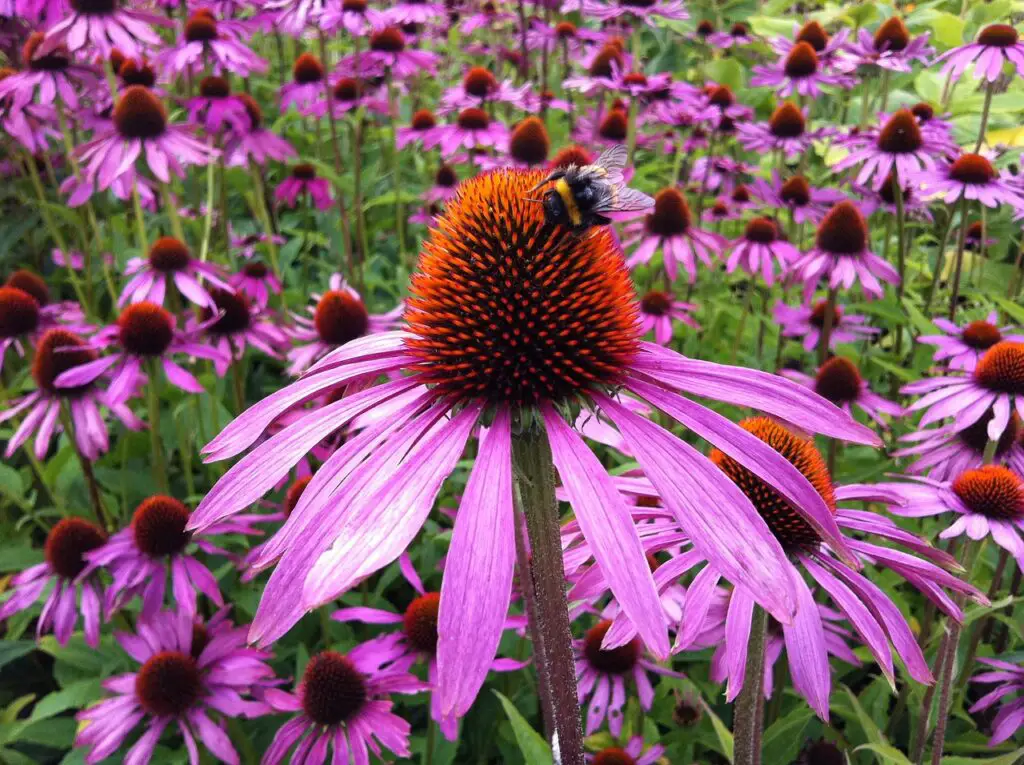
Mugwort
Mugwort is a quite special plant. It has a slightly aromatic smell to it but is seen the most use as a flavoring in strong liquors. Much like the lavender plant it also enjoys a place where the soil is very well draining and water won’t stay at the surface. But besides that, a sunny place where it can generate energy and continue to grow is also important.
Besides from growing much the same way as the lavender plant. It also has the added benefits of repelling bad insects and attracting pollinators instead.
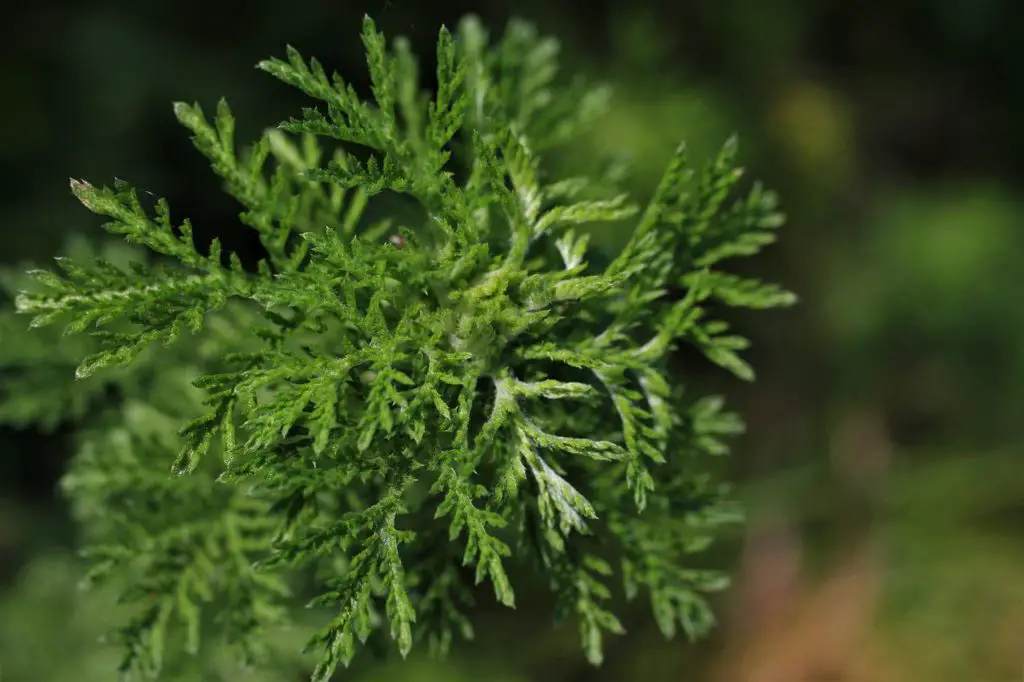
Oleander
Perhaps not the most common flower or plant, the oleander might be the combination you didn’t know you need with your lavender. Besides being very pretty and decorative for a garden, it also helps cover up some spots that you might have planted instead.
The oleander plant can grow in almost any environment. It can manage fine without water and nutrition for a long time. Watering it once a week or at the same time as the lavender plant works great too.
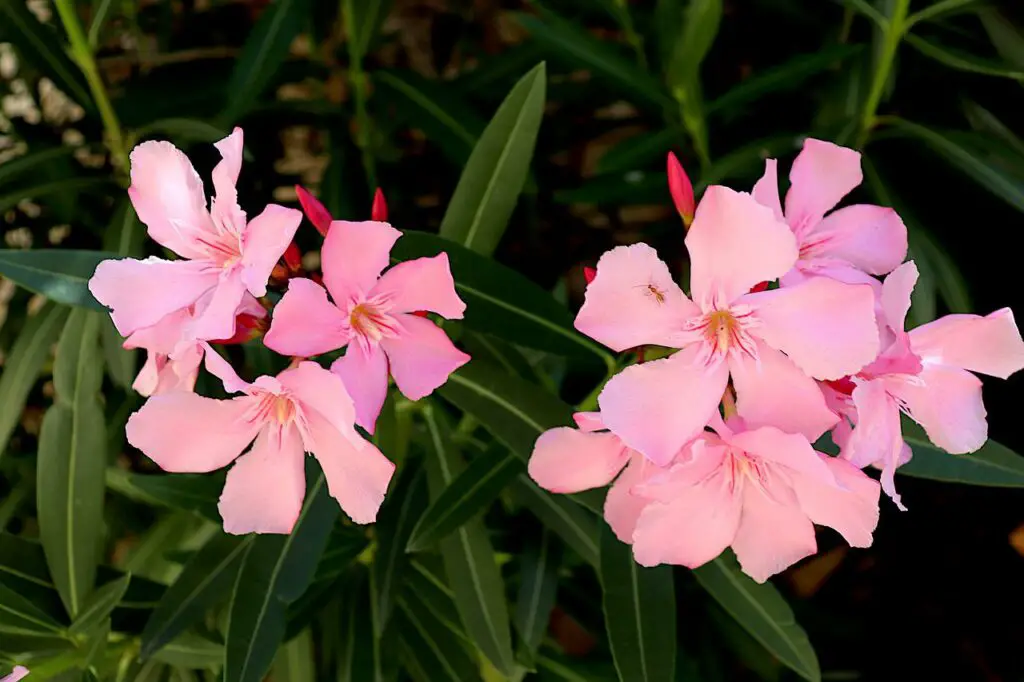
Catmint
Regular mint plants are really not great of a choice for your lavender plant. But catmint is the opposite. They go great together since coming are such a hardy variety. They are better at managing through drought and warmer temperatures, the types of environments that lavender likes to be in.
Catmint doesn’t compete with other plants and will more or less stay on its own and grow normally. It will come back next year too. During the spring you can expect the catmint to start re sprouting.
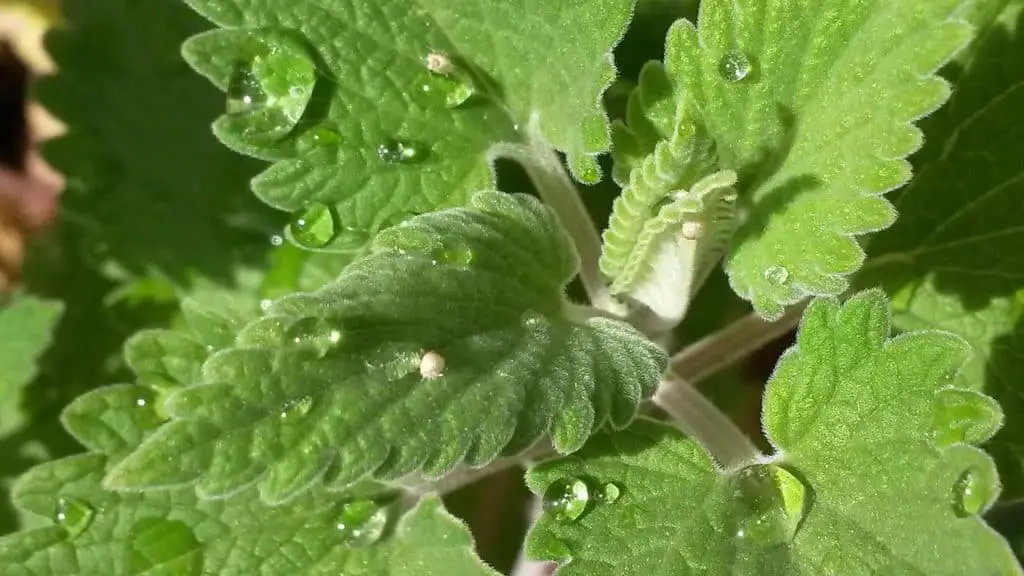
Sedum
This fantastic plant comes in a variety of different colors, all from white, pink, red and even orange. The opportunities are endless and they pair very well with the purple color of the lavender plant.
This plant is great if you want to fill up some shaider areas around your lavender plant. The sedum or stonecrop are a great option to plant in these places. Even though the temperatures might drop, the sedum plant can still keep up with the lavender plant and stay flowering quite long into the autumn.
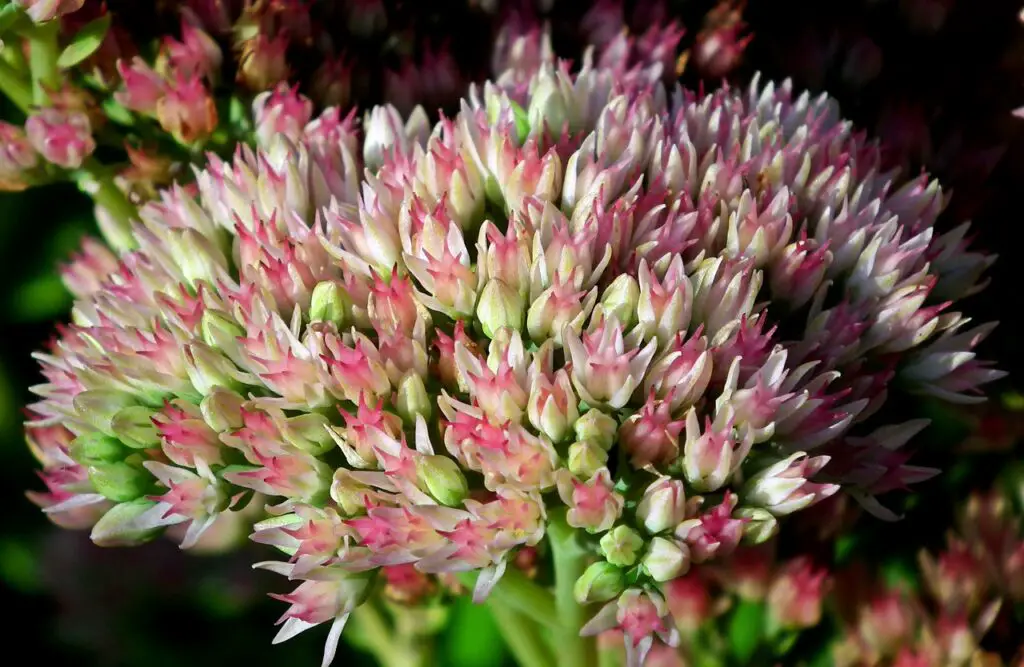
Olives
If you are living in a warmer climate where the temperature stays elevated throughout much of the year, then planting olives next to your lavender plant might be a great option.
They are both native plants to the Mediterranean, so it makes sense that they can also grow great together. Since lavender can attract pollinators, then this works out great for the olive plant since now you can ensure you will get a harvest. Make sure the soil is like the lavender plants too, meaning well draining and loamy.

Summary
There are many different plants that can grow great together. The best part is that you can decide for yourself what type of garden you want. If you wish to have one that is very colorful then you can go the route of taking more flowers and planting next to your lavender plant. But if you want more herbs or aromatics in your garden then you can instead choose plants like thyme or oregano.
FAQ
Can You Plant Lavender And Geraniums Together
Geranium plants and lavender are actually a pretty good combination. The geranium plant, or the entire family of them are not that demanding and won’t expand too much into other plants’ spaces. It’s great at filling up more shadier and well draining areas that you want to cover.
Lavender Companion Plants Vegetables
Some of the best plants to keep next to your lavender plant in terms of vegetables would be fennel or onions. These won’t interfere with your lavender plant. The best part is that lavender will attract pollinators that then interact with the vegetables.
Lavender Companion Herbs
We have covered that there are many different herbs that can be grown next to a lavender plant, but to give a short list: oregano, thyme, sage and rosemary are all great combinations with lavender.
